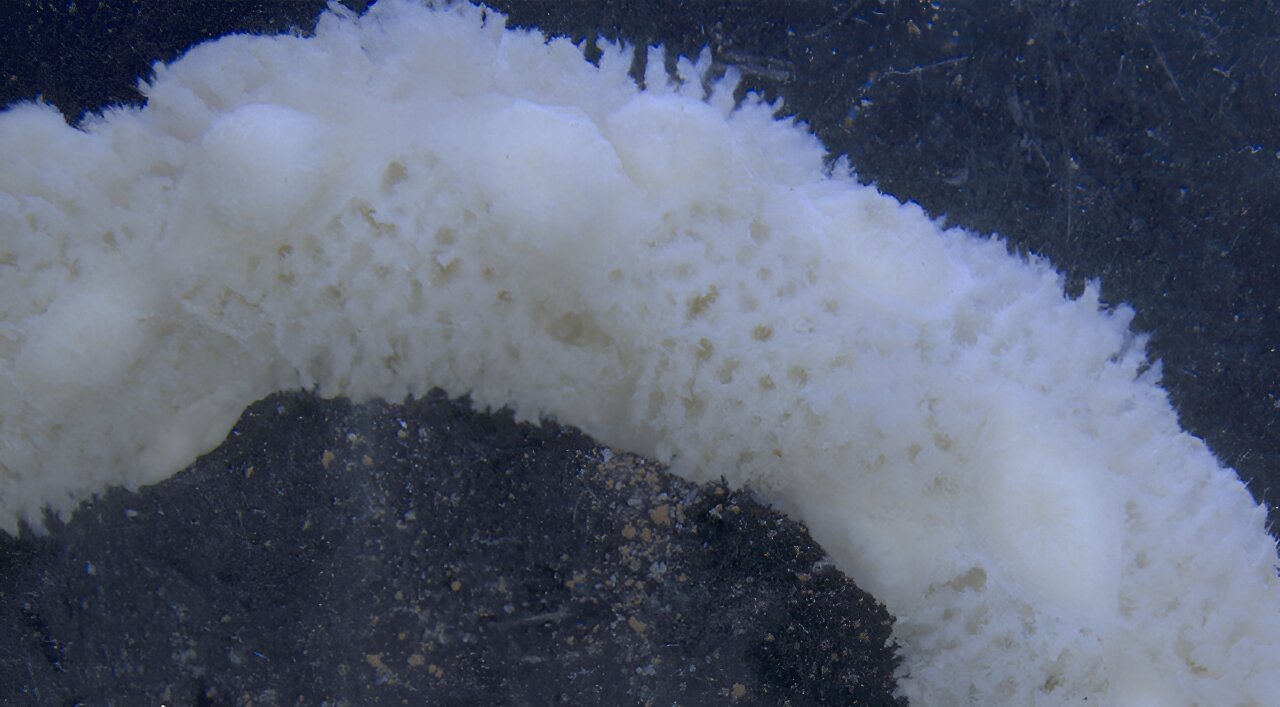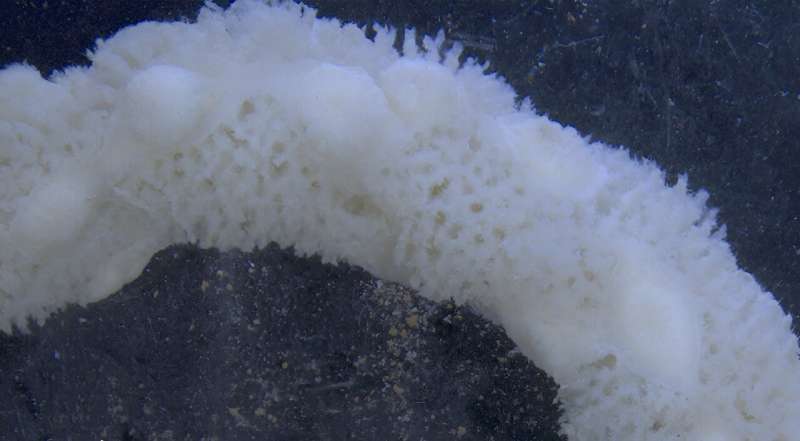

An international team of researchers delved into museum collections and discovered new species of sponge-associated zoantharian, a small colonial organism similar to anemones.
Dr. Javier Montenegro, from UWA’s School of Biological Sciences and the Minderoo-UWA Deep-Sea Research Centre, and Dr. James Davis Reimer, from the University of the Ryukyus in Japan, were co-authors of the study published in Contributions to Zoology.
“Specimens in museum collections are unique and represent a ‘snapshot’ of the biodiversity at a specific point in time at that location and as such their scientific value increases,” Dr. Montenegro said.
Researchers examined sponge specimens from Western Australia and eastern Indonesia held in collections at various institutions including the Western Australia Museum and the Naturalis Biodiversity Centre in The Netherlands.
Six new species of zoantharian in genus Umimayanthus were discovered, and scientists were able to redescribe another species first described more than a century ago.
“The newly described species differ from each other by the species of sponges they associate with, size of the polyp, colony structure and the depth ranges,” Dr. Montenegro said.
Three of the new species have been given language names by Wunambal Gaambera Traditional Owners in the northern Kimberley region of WA.
Umimayanthus mirnangga; “mirnangga” refers to a young single woman in the Wunambal language. The species was given this name as it is exclusively composed of solitary polyps.
A second species with elongated shaped polyps that resemble the neck of an emu was called Umimayanthus jebarra. “Jebarra” refers to the emu in Wunambal language.
“Wunanggu” is used to refer to the hill white gum tree in Wunambal language. Umimayanthus wunanggu was named as it has white polyps connected by a thin tissue that extends on a linear branching pattern over the sponge surface.
“We would like to thank the Wunambal Gaambera community for suggesting the names used for the new species,” Dr. Montenegro said.
These findings suggest that the Central Indo-Pacific region, Western Australia and Indonesia can be considered a hotspot for the diversification of sponge-associated zoantharians.
“Our results highlight the value of biological collections not only as time capsules and archives of reference biological material, but also as a repository of significant undescribed diversity that remain hidden in plain sight,” Dr. Montenegro said.
More information:
Javier Montenegro et al, Museum collections as untapped sources of undescribed diversity of sponge-zoantharian associations with the description of six new species of Umimayanthus (Zoantharia: Parazoanthidae) from Western Australia and eastern Indonesia, Contributions to Zoology (2024). DOI: 10.1163/18759866-bja10069
Provided by
University of Western Australia
Citation:
New marine species found ‘hidden’ in plain sight (2024, September 2)
retrieved 2 September 2024
from https://phys.org/news/2024-09-marine-species-hidden-plain-sight.html
This document is subject to copyright. Apart from any fair dealing for the purpose of private study or research, no
part may be reproduced without the written permission. The content is provided for information purposes only.